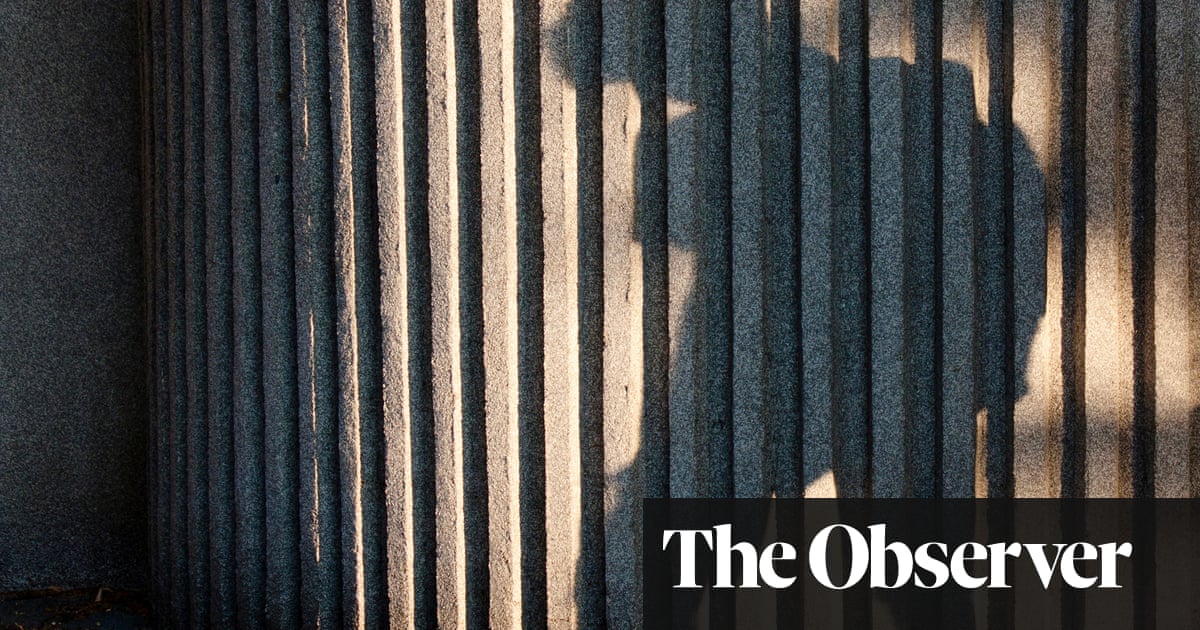
Michael Gove says it is safe for children to return to school – so what is the scientific guidance?
The Department for Education recently released an overview of advice it received from Public Health England, the Scientific Advisory Group for Emergencies (Sage) and its subgroup the Children’s Task and Finish Working Group – although specific evidence from these latter groups has yet to be published.
The new report points out that in general children with Covid-19 have a far milder form of the disease than adults and that, at least for children up to the age of 13, they are far less likely to show symptoms. It also notes there is some, albeit very limited evidence, that such children are less likely to become infected than adults, but it is unclear whether they transmit the virus less than adults.
The report also acknowledges other countries: many in Europe have begun reopening schools with few problems, at least so far. Indeed the secretary of state for education, Gavin Williamson, has previously highlighted the lack of negative impacts in Denmark, where schools reopened in mid-April.
However, experts found the “R” number – the effective reproduction number – did nudge upwards towards 1 in the first two weeks of reopening in Denmark before falling once again, while some have said that comparisons with Denmark are problematic, with Denmark having had far fewer deaths (under 550 at the time of writing).
Mark Woolhouse, professor of infectious disease epidemiology at the University of Edinburgh, said that another consideration is that there have been few recorded cases of adults catching the disease from children, while there have been no outbreaks in schools around the world – although that could be down to children showing few symptoms. But, he said, teachers may be at risk from other teachers – as is the case between workers in other jobs.
What measures will schools introduce?
The new report notes it is very difficult for young children to stay 2 metres apart, but says measures such as hand washing and emphasising the need to use and bin tissues are important.
Frequent cleaning of surfaces, using staggered break times and changing classroom layouts could be used – although each school is asked to carry out its own risk assessment before opening.
Face masks or coverings, however, are not recommended, with the report noting that children and staff in schools will only mix in small and consistent groups. Teachers will not be expected to use personal protective equipment (PPE) unless that is already used, or a child develops symptoms of Covid-19 and contact is necessary while they are cared for before returning home.
What about testing?
The Department for Education has said that all schoolchildren, staff and members of their households will be able to have a test for Covid-19 – if they show symptoms. If children or staff test positive, all those they mix with in the school will have to self-isolate for 14 days. However as the report itself notes, many children have very mild symptoms or none at all.
Are all schoolchildren returning at once?
No. As Boris Johnson outlined in his address on 10 May, the plan refers to England and the first children to return will be children in nurseries, reception and year 1, as well as those in the last year of primary school, year 6. These groups, it has been mooted, will return on 1 June, while other schoolchildren will return to classrooms in the weeks that follow – however this timetable is provisional.
Children or staff with pre-exisiting medical conditions that could make them very vulnerable to Covid-19 will not be expected to return to school.
Matt Keeling, professor of populations and disease at the University of Warwick, said these particular age groups had largely been picked to return on “educational and welfare grounds”.
Are children at risk from coronavirus?
Children can catch coronavirus, but the vast majority have had only mild symptoms, with under 2% of hospital admissions for Covid-19 in the UK among children under the age of 18, and death very rare.
What about the new inflammatory condition?
There has been a small number of cases around the world of children with a potentially deadly inflammatory syndrome that has been linked to Covid-19. However experts have stressed it is rare, affecting only one in 1,000 children exposed to the virus.
Dr Liz Whittaker, a clinical lecturer in paediatric infectious diseases and immunology at Imperial College London, has previously said the condition “shouldn’t be a factor when we reopen the schools”.
Could schools potentially have to close again?
Michael Tildesley of Warwick University, who works on models of the spread of diseases, said it was a possibility, depending on what happens with R. “If we do start to see the reproduction number going above 1 and cases climbing again we should be prepared to take the decision to close schools again,” he said.












